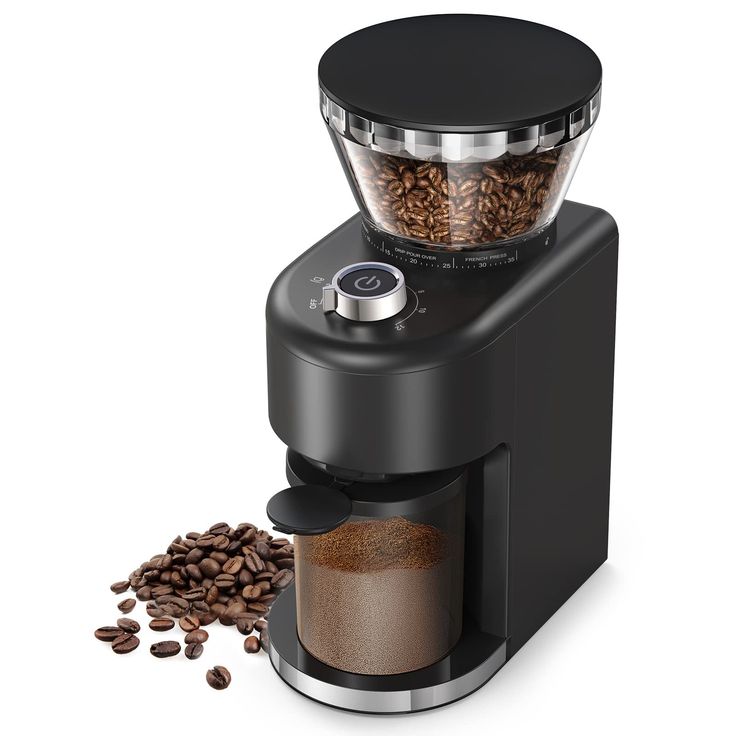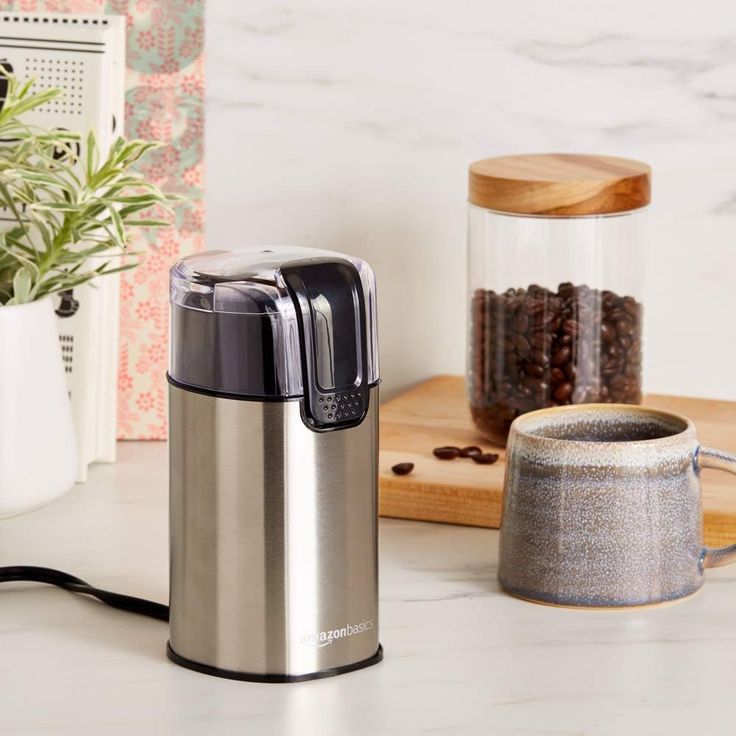Introduction to Grinding Coffee Beans without a Grinder
Have you ever wanted a rich, aromatic coffee but found yourself without a grinder? It happens. However, don’t worry! There are several ways to grind coffee beans without a grinder. This blog post will guide you through some creative alternatives to achieve your desired coffee grind.
The Importance of Coffee Grind Size
Grind size is key to a good cup of coffee. It affects how water flows through the coffee grounds during brewing. A coarse grind allows water to pass quickly, while a fine grind slows it down. This impacts the coffee’s flavor, aroma, and strength. To avoid a bitter or weak coffee, match the grind size with your brewing method. Whether you prefer a robust French press or a smooth pour-over, getting the grind right will make all the difference.

Using a Rolling Pin
When a coffee grinder is out of reach, a rolling pin can serve as an effective alternative. This kitchen tool offers an easy way to crush coffee beans to the desired grind size. Rolling pins are especially useful if you prefer hands-on methods or enjoy the process of manually preparing your coffee beans.
Step-by-Step Guide to Crushing Beans with a Rolling Pin
- Gather beans and a sturdy rolling pin. Ideally, choose a rolling pin with some heft to make crushing easier.
- Place the beans inside a durable Ziploc bag or wrap them in a thick kitchen towel. This contains the beans and minimizes mess.
- Evenly distribute the beans on a flat surface. A cutting board works well for this purpose.
- Use the rolling pin to firmly crush the beans. Apply consistent pressure to break them down to your desired consistency.
- Check the grind size regularly. Adjust your technique as needed to ensure an even grind suitable for your brewing method.
- Once satisfied with the grind size, remove the crushed beans and proceed with brewing your coffee.
This hands-on approach not only crushes the coffee beans but also offers a moment of mindfulness during your daily routine. Plus, no need to worry about grind size – this method gives you full control over the fineness of your coffee grounds, tailoring them to your personal taste and preferred brewing method.
Utilizing a Blender
If you don’t have a coffee grinder, a blender can be a great substitute. Blenders, while primarily used for making smoothies and soups, can also grind coffee beans effectively. The key is to use the pulse feature if available. This allows for more control over the grind size, preventing the beans from becoming too fine or uneven.
How to Achieve Consistent Grind with a Blender
To get the best results when grinding coffee beans with a blender, follow these steps:
- Measure the coffee beans and pour them into the blender. Use only enough beans for your immediate needs.
- Secure the lid tightly to avoid any spills.
- Use the ‘pulse’ option on your blender. Pulse several times for a few seconds each. Check the grind size frequently to avoid over-grinding.
- Shake the blender gently between pulses. This helps distribute the beans for an even grind.
- Once the beans are ground to your preference, use them immediately for the best flavor.
Using a blender is quick and convenient. It’s perfect for busy mornings. With practice, you can consistently produce the grind size needed for your favorite coffee.

Applying a Food Processor
When you don’t have a coffee grinder, a food processor is a helpful substitute. It’s convenient, especially for coarse grinds that enhance flavor. But there’s a challenge—coffee beans can get overheated during processing.
Tips for Preventing Overheating of Coffee Beans
- Pulse, Don’t Continuously Run: Use the pulse feature instead of letting the processor run continuously. This helps manage the heat.
- Short Bursts are Key: Pulse the beans in short bursts—about 2-5 seconds each. This reduces prolonged friction and heat build-up.
- Cool Down Periods: Allow cooling periods between bursts to protect the coffee’s flavor.
- Do Small Batches: Grinding small amounts at a time ensures that the beans don’t crowd the blade and heat unevenly.
These tips help retain the delightful aroma and taste of your coffee, even without a grinder.
Employing a Mortar and Pestle
For those who appreciate a traditional touch in coffee preparation, a mortar and pestle offer an authentic alternative to grind coffee beans without a grinder. This method is not only effective but also gives you a full sensory experience, allowing you to feel the texture of the coffee as you grind and inhale the fresh aroma.
Techniques for a Uniform Medium Grind
- Select the Right Mortar and Pestle: Opt for a heavy-duty version for easier grinding.
- Measure Your Coffee Beans: Add small batches of beans to the mortar to avoid overcrowding.
- Crush Beans Gently: Press the beans with the pestle, using a circular motion to crush them.
- Consistency is Key: Check the ground size often. Aim for even, medium-sized pieces for a balanced brew.
- Take Your Time: Don’t rush the process. Enjoy the rhythmic action of grinding beans by hand.
Grinding your beans with a mortar and pestle not only gives you control over grind size but also connects you to the age-old tradition of manual coffee preparation. It’s a way to turn an everyday routine into a more mindful and gratifying experience. Savor the moment, and then savor the coffee.

Alternative Grinding: The Stone Grinder ‘Sil Batta’
For true coffee enthusiasts, ancient methods still hold a unique appeal. One such method involves using a Sil Batta, an age-old grinding tool that not only manages to crush coffee beans effectively but also maintains their natural essence and flavors. This method of grinding with a Sil Batta allows you to be physically involved in the process, adding a touch of authenticity to your morning brew.
How to Grind Beans While Preserving Flavor
Grinding coffee beans with a Sil Batta involves a few simple steps that can make all the difference in flavor preservation. First, ensure that the stones are clean and dry. Place the coffee beans on the flat stone, and use the rolling stone to apply gentle pressure in a circular motion. This technique helps in achieving a consistent grind without overheating the beans, thereby preserving the essential oils and aroma. Regularly checking the grind size during the process will help you obtain the perfect consistency for your brewing method, ensuring a rich and flavorful cup of coffee.
Understanding the Coffee Extraction Process
Learning how the coffee extraction process works is crucial for any coffee lover. Extraction is the method by which water pulls flavors from the coffee grounds. Different grind sizes and methods lead to varying levels of extraction. This process defines your coffee’s taste, aroma, strength, and overall quality.
How Extraction Impacts Flavor
When you grind coffee beans without a grinder, controlling the extraction process becomes key. Here’s why it matters:
- Flavor Balance: The right extraction brings out a harmonious balance of sweet, sour, and bitter flavors in your coffee.
- Avoid Over or Under-Extraction: Over-extraction makes coffee bitter, while under-extraction leads to a flat, weak taste.
- Match Your Brew Method: The grind size should suit your brew method to get the best extraction and flavor.
Understanding and controlling coffee extraction enhances your brewing skills, leading to a superior cup every time.